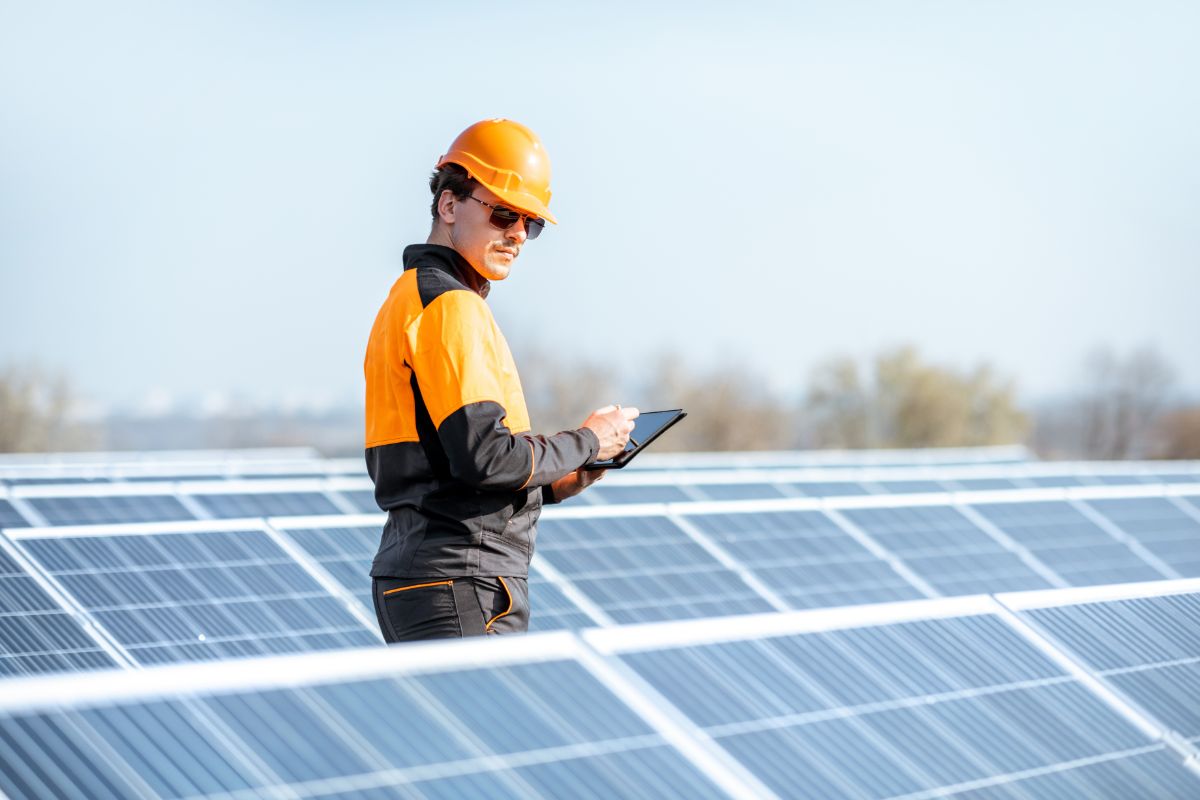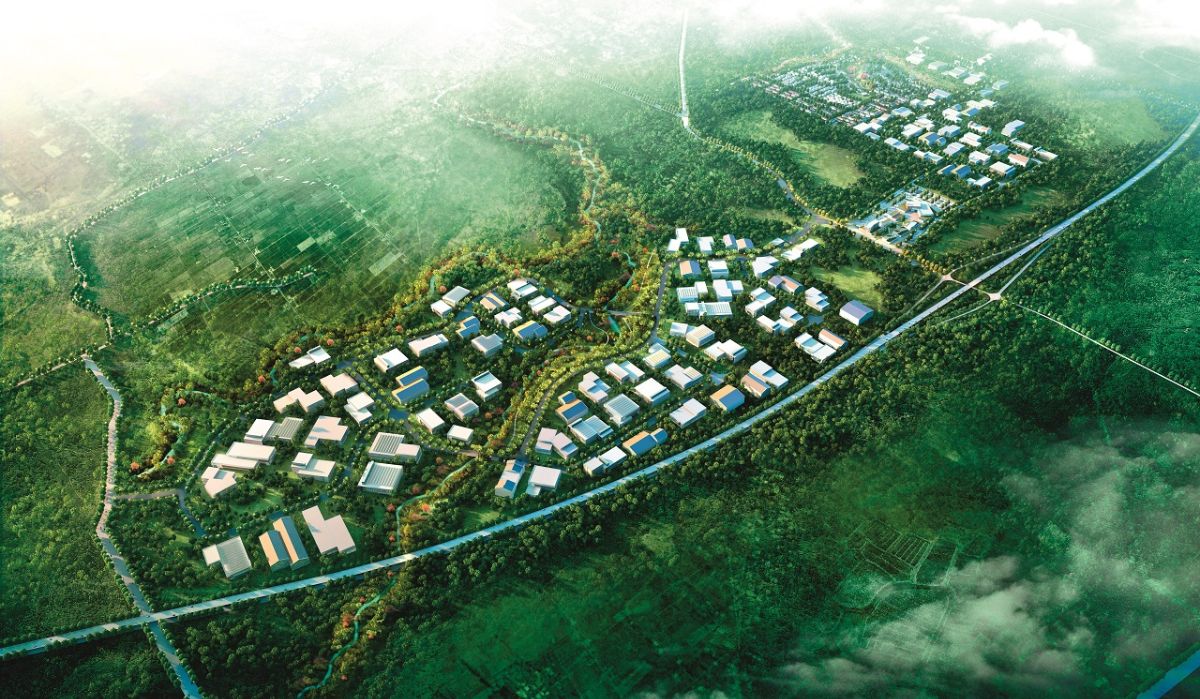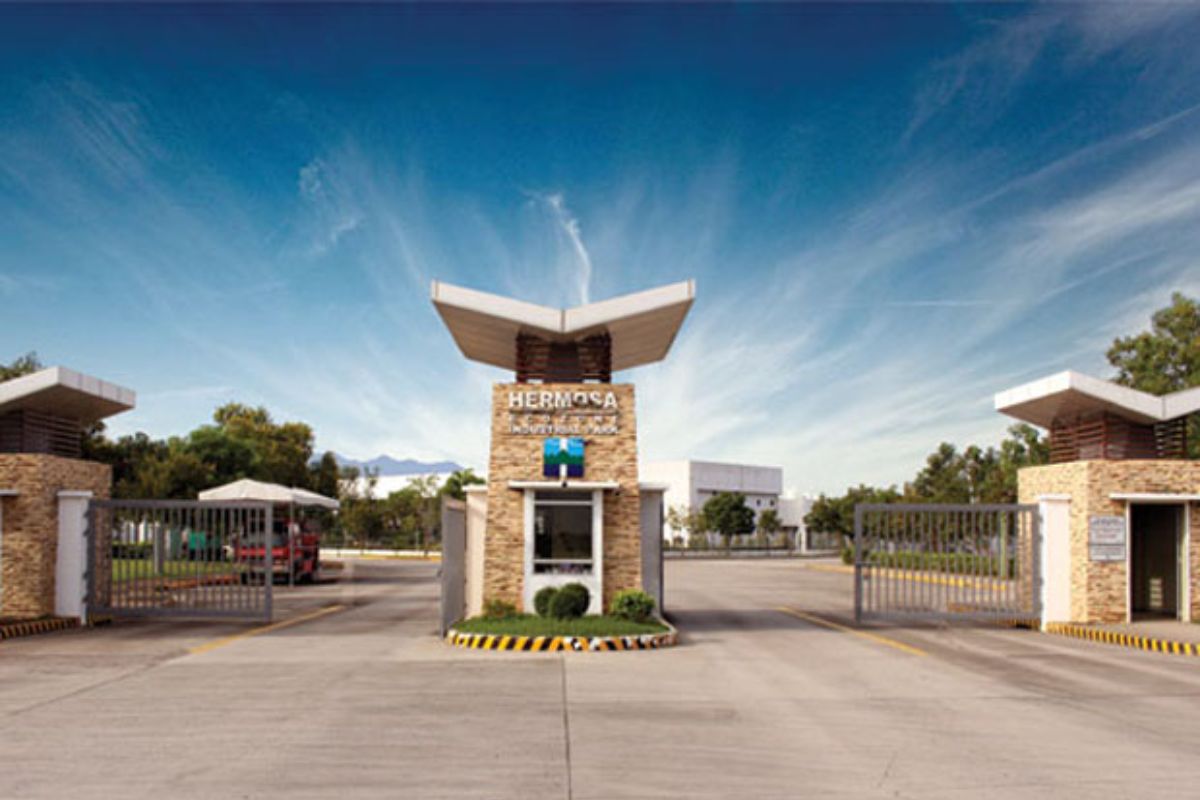How does location affect your business’s sustainability?
- Availability of resources
- Accessibility to employees
- Existing infrastructure
- Cooperative action
- Operating conditions
Sustainability is defined as how we create conditions under which we and nature coexist in productive harmony while driving social and economic development for future generations. However, there is a less understood quantitative definition of what it is and how it’s related to business. That definition also doesn’t include a very important factor: location. Businesses are always financially impacted by where they are located — and the same is true for sustainability.
To shed some light on the issue, here’s how location affects business sustainability, and why it is critical in measuring the true environmental impact of your sustainability initiatives.
What is Business Sustainability?
Business sustainability is a growing concern amongst both investors and executives. Businesses nowadays must not seek out only economic profit, but to do social and environmental good. Doing so can be a big competitive differentiator in a crowded marketplace, and can also generate significant cost savings for your business.
Sustainability hinges on many moving pieces, while companies can improve their environmental sustainability by reducing their carbon footprint or wasteful practices, several factors may impede these efforts. One of them is location.
How does location affect your business’s sustainability?
Sustainability has become the new Holy Grail for businesses. However, to craft an effective sustainability strategy, we must take into account how location can influence the attainability and impact of our sustainability measures.
Availability of resources

For any available resource, different regions will have different generation efficiencies. This is dependent on the resource mix, scarcity of the resource, and the existing infrastructure and demand around it.
For example, the efficiency of electricity in any given region is dependent on what sources are available — such as renewable, oil- and coal-generated, etc. — and transmission systems. Provinces that use an energy mix that includes more renewables, such as Zambales, have higher electrical efficiency than areas where electricity is largely dependent on coal and other fossil fuels.
The same is true for other natural resources, such as water and every other sustainability domain. The more scarce or unvaried the resource is, the more work your business will have in attempts to reduce usage and create any sustainability impact. The location must always be factored in and accounted for when it comes to material assessments.
Accessibility to employees
The daily commute to work is a daily drain on the environment. Each day, commuters in the Philippines waste billions of gallons of gas stuck in traffic, while also forfeiting thousands in productivity per year.
This is why the accessibility of your business location matters. The more accessible it is, the easier commuting can be. In turn, this cuts back on the resources spent on their daily commute.
Green commuting in particular should be an important factor when deciding on your location. Green commuting helps cut down on daily emissions by providing employees ample commuting options, such as biking, carpooling, and taking the bus. Proximity to public transport and bike paths will help your employees contribute to sustainability both in and out of the workplace.
Existing infrastructure

Every business needs access to electricity, water, security, and other utilities to run seamlessly and more efficiently. Depending on your location, you may have access to existing and robust infrastructure. Otherwise, the lack of existing infrastructure for your business can be a difficult and costly obstacle to overcome and especially draining on the natural resources of the location you choose.
In recent years, the development of industrial parks has created a solution to this infrastructure dilemma. These are specialized zones that are specifically reserved for industrial use, and provide complete support in terms of available resources and utilities within the area that can easily be accessed by properties within the zone. Industrial parks are ideal for businesses that want to have cost-effective access to these services while reducing their environmental impact.
Industrial parks are also designed to address environmental concerns. While pollution can be magnified, due to the proximity of industrial facilities, there are considerable waste management and treatment measures in place to keep the area’s negative social and environmental impacts reduced.
With a dedicated utility infrastructure, locating in an industrial park provides a consistent, renewable, round-the-clock supply of electricity, water, and more
Cooperative action
As an individual business, it can be overwhelming and isolating to attempt to effect change in a meaningful way. That’s not the case when you are located near like-minded, innovative, and powerful companies that are open to collaborative endeavors.
While it is entirely possible to start cooperative action with businesses located far away from yours, the benefit of proximity is that you can address local problems with companies who have relevant experience and insight, and do so with greater efficiency.
For example, palm oil is a cheap, versatile, and readily available material used in a variety of packaged products, including soap, lipstick, and ice cream. But palm oil production produces record greenhouse gas emissions. In light of this, Unilever worked with the local government, NGOs, and indigenous peoples’ organizations to create a sustainable supply of palm oil. As a result, their region reaped the environmental benefits of sustainable harvesting practices.
Operating conditions

It is important to assess a location’s vulnerability to natural disasters, as well as adaptation to climate change since these are interlinked with sustainability risks. As per the IPCC Sixth Assessment Report, multiple climatic and non-climatic risks influence and interact with each other, which results in compounding the overall environmental risk.
Depending on the severity, this can pose a significant challenge for your business. For example, a location within a poorly planned urban development has an increased risk of floods. Additionally, the lack of flood control leaves your facilities vulnerable to flash floods, and climate change-induced heavy rainfall. Such challenges can be avoided when choosing a location with the appropriate environmental protection measures, such as surrounding floodplains and overflow areas for rivers.
Key Takeaway
Understanding how location affects your business’s sustainability is important. Not only can it determine your access to resources and utilities, but it also affects how you can demonstrate tangible action on sustainability issues.
Organizations that choose to invest wisely in ideal locations will not only benefit from the region’s climate resilience but can also provide more significant progress with their sustainability measures. This could form a key piece of the organization’s strategy.
To learn more about how to strategically locate your business for sustainable growth, contact Science Park of the Philippines (SPPI) today. We would be happy to discuss our developments, and what they can help you achieve.



